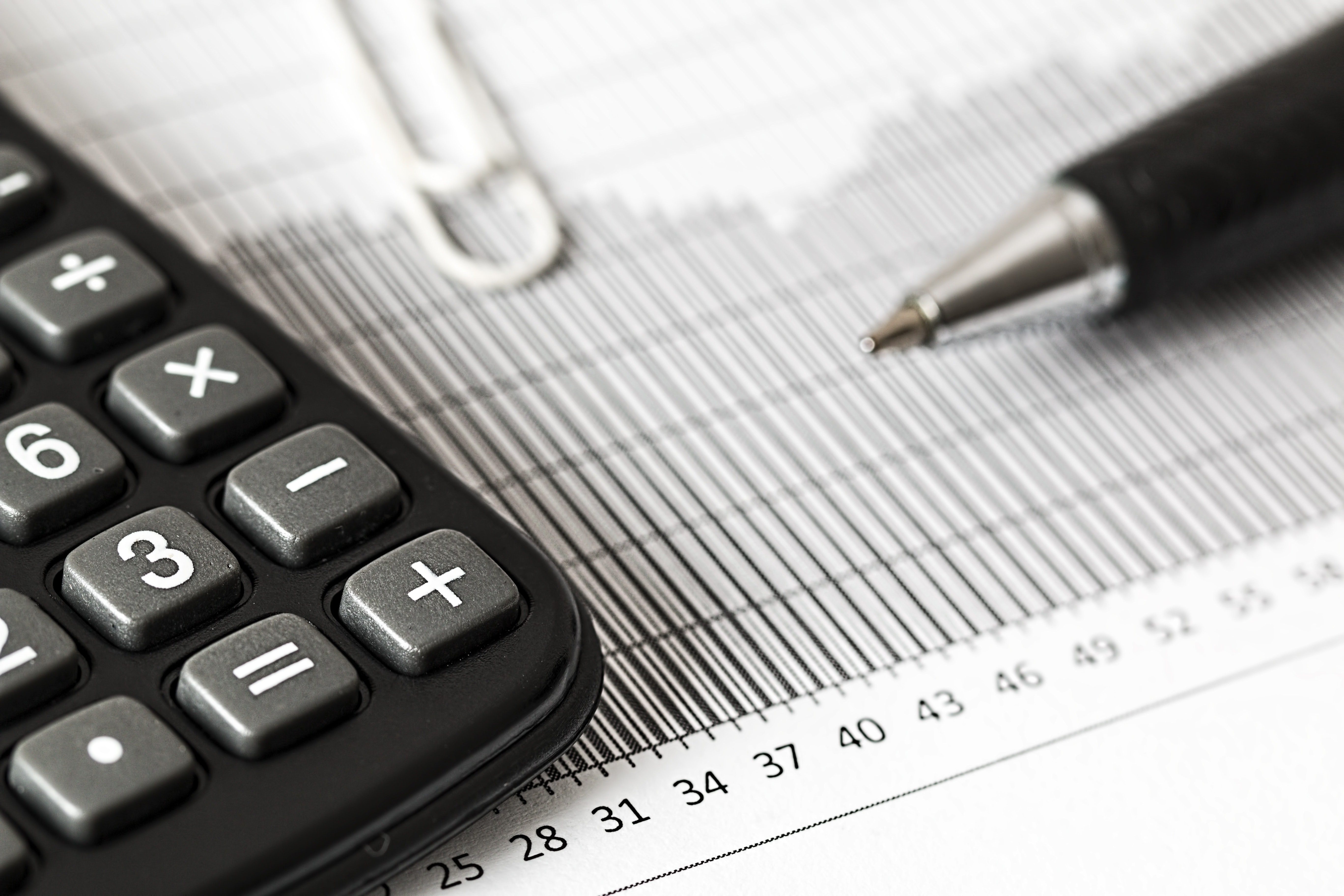If your business sells a physical product, you need to know what the term cost of goods sold is (also known as COGS). Knowing how to calculate your cost of goods sold can help you deduct any business expenses you incurred while getting inventory you sold. COGS can help you track your profitability and guide decision making for your business.
What is Cost of Goods Sold?
Cost of good sold refers to how much it costs to produce your physical goods and services. It does not include overhead expenses like shipping, utilities, marketing costs, or goods or services that you do not sell. There may be variable costs such as manufacturing products like raw materials and labor or fixed costs such as storage costs and factory overhead. Some cost of goods sold are easier to calculate than others depending on the type of business. For example, a retailer would have an easier time tracking its inventory and cost of good than an airplane manufacturer.
Calculating Cost of Goods Sold
To calculate the cost of goods sold, you need to have 3 elements which are:
- The inventory at the beginning of the year
- The cost of the supplies and materials used to produce your product
- The inventory at the end of the year
(Beginning Inventory + Cost of Supplies & Materials) – Ending Inventory = COGS
Steps for Calculation
Determine Direct and Indirect costs
Direct costs are related to the production or purchase of the product and indirect costs are costs related to labor, equipment, facilities, and warehousing. For example, direct costs are wages you pay to employees who work on your product. An indirect cost is the wages you pay for employees who do not make your product such as those who stock, package, and ship your product.
Determine Facilities Costs
Facility costs include rent or mortgage interest, utilities, and other costs. These are more difficult to determine so make sure to consult with your tax professional to help you out.
Determine the Inventory at the Beginning of the Year
Inventory includes raw materials, supplies, merchandise in stock, and finished products. The inventory you have at the beginning of the year should be the exact same as the inventory at the end of last year.
Add Purchases of Inventory
For purchased products, be sure to keep the invoices or any other paperwork associated with the purchase. You need to keep track of the cost of the both the shipment and manufacturing cost.
Determine the Inventory at the End of the Year
To determine the ending inventory, you take physical inventory of the product or estimate them. Damaged inventory should have an estimated value reported.
Calculate the Cost of Goods Sold
When you have all the information above you can now calculate the cost of goods sold. This calculation goes on your business income tax return.
Why Do You Need to Know Your Cost of Goods Sold?
Calculating your COGS not only is required for your tax forms but is also used to evaluate the health of your business and you can adjust to increase your profits. For example, you can change the price of your product in order to make more profit and increase your margin. You can also look at your expenses and see if you can lower the expenses for the materials you use. You may be able to eliminate unnecessary or costly items.
It is also important for your taxes. It is the total amount of money you spent getting your product to your customer which is a deductible business expense. The more items you have in your cost of goods calculation, the lower your tax bill will be.
Conclusion
Calculating your cost of goods sold will help keep you in track and stay profitable. It can help you make any necessary adjustments in your business to increase your profit and grow.
Depending on the entity you are, the process for tax returns will look different. If you are a sole proprietor and single-member LLC, your cost of goods sold is calculated in Part III on Schedule C and in the income section of Part I. if you are a partnership, C and S corporation, or multiple-member LLC, your cost of goods sold is calculated separately on Form 1125-A. It will be easier to determine your cost of goods sold if you keep accurate records.











